Toronto
January 25, 2024
SMART Remediation talks have focused on innovative technologies for remediating contaminated sites, approaches for site characterization, project case studies, regulatory and industry perspectives, and other related topics.

A recent SMART Remediation conference was held in Toronto on January 25th 2024. Details on the speakers and presentations are provided below.
Speakers
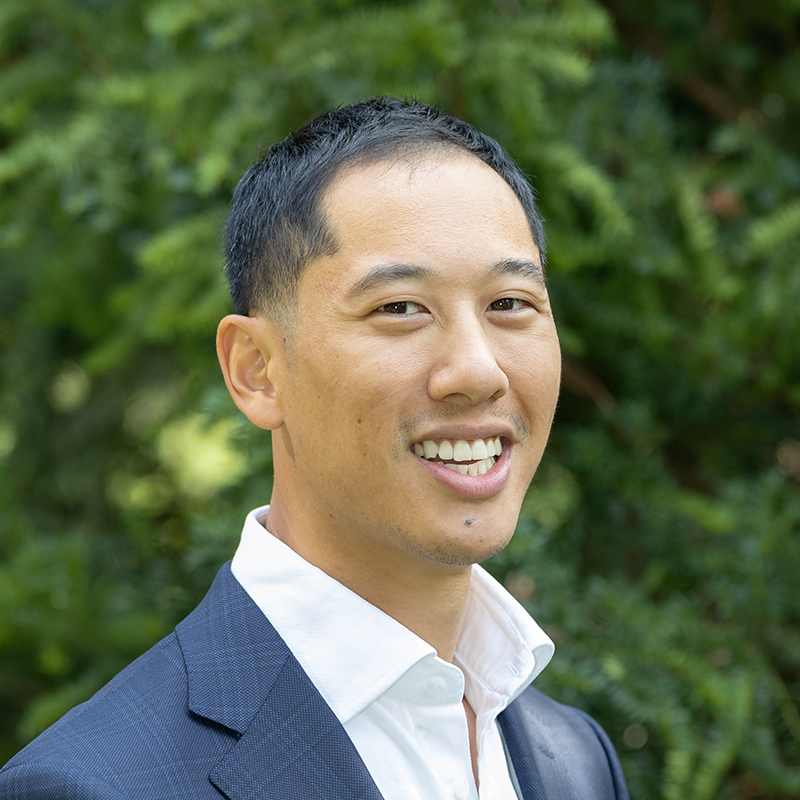
Paul H. Cheung,
Terrapex Environmental Ltd.
6ppd and 6ppd-Q, Environmental Fate and Transport and Current Regulatory Environment
- Bio |
- Abstract
- | Presentation
Paul H. Cheung
Paul H. Cheung, M.Env.Sc., QPRA is an environmental risk assessor and project manager at Terrapex responsible for the completion of human health and ecological risk assessments for brownfield properties impacted by historical activities under Provincial (Ontario Regulation 153/04), Federal (Canada FCSAP), and US State (California DTSC) regulations and frameworks.
Paul is a Qualified Person in Risk Assessment (QPRA) under O. Reg. 153/04 and has contributed to or completed over 25 risk assessments accepted by the Ontario Ministry of the Environment, Conservation and Parks (MECP) under O. Reg. 153/04 and over 80 due diligence risk assessments for a variety of industry, real estate developer, and government clients.
6ppd and 6ppd-Q, Environmental Fate and Transport and Current Regulatory Environment
Terrapex’s presentation will build on the overview of N‑(1,3‑dimethylbutyl)-N’-phenyl-p-phenylenediamine (6PPD) and its oxidation product, 6PPD-quinone (6PPD-q) proposed to be presented by SGS “6-PPD Quinone: Occurrence and Best Practices in Measurement”.
These compounds, which have been determined to be severely toxic to Coho salmon and other species, are known to be entering waterways from runoff containing tire wear particles. Research is in the very early stages but is progressing rapidly. The presentation will focus on what will be of most interest to practitioners in site assessment and remediation and will present some of the challenges associated with these emerging contaminants.
The first segment of the presentation will review what is currently known about the physical and chemical properties of 6PPD and 6PPD-q and how these influence the environmental fate and transport of the compounds through water, soil, and air, as well as their potential for bioaccumulation and toxic effects. The second segment will review the current regulatory landscape surrounding 6PPD and 6PPD-q. We will look at actions that have been taken or are being considered in various jurisdictions, including Canada, the USA and Europe, to monitor and/or control the use and release of these compounds. Additionally, the presentation will discuss the concerns, responses and initiatives of rubber product manufacturers and industry associations.

Bharat Chandramouli,
SGS North America
6-Ppd Quinone: Occurrence and Best Practices in Measurement
- Bio |
- Abstract
- | Presentation
Bharat Chandramouli
Bharat Chandramouli, Ph. D is a senior scientist with 20+ years of experience in the occurrence, fate and transport of organic contaminants. He has published several peer-reviewed articles and book chapters on atmospheric chemistry, PFAS measurement, emerging contaminants occurrence, semivolatiles fate and transport and more. At SGS, Bharat manages the development of new products and services in North America and provides technical leadership on PFAS and other emerging contaminant issues. Bharat completed his Ph. D in environmental science and atmospheric chemistry from the University of North Carolina, Chapel Hill.
6-Ppd Quinone: Occurrence and Best Practices in Measurement
N-(1,3-dimethylbutyl)-N’-phenyl-p-phenylenediamine (6PPD) is added to almost every automobile tire to prevent cracking from ozone. However, a newly discovered environmental reaction by-product 6-PPD-quinone (6-PPDQ) has been identified in 2020 as being responsible for urban runoff mortality syndrome (URMS) in Coho Salmon (Oncorhynchus kisutch). The LC-50 of 6-PPDQ is 41 ng/L to juvenile Coho making it one of the most toxic substances known to us. In addition to extreme toxicity in Coho, significant lethal effects (LC-50 1 µg/L or less) have been observed in geographically widespread species such as brook trout (Salvelinus fontinalis) and rainbow trout (Oncorhynchus mykiss). Toxicity shows 5 orders of magnitude species dependence. Worldwide monitoring results show almost ubiquitous presence. Other sources of 6-PPDQ could be the reuse of tires in playgrounds and artificial turf near sensitive streams, and adjacent to factories manufacturing or using 6-PPD.
In this study, we
- Present recent advances in the measurement of 6-PPD and 6-PPDQ
- Collate and discuss Canada and world-wide occurrence of 6-PPDQ
- Shed light on tire and road wear particles (TRWP) and associated chemical constituents
This presentation will be followed by one from Terrapex on “6PPD and 6PPD-Q, Environmental Fate and Transport and Current Regulatory Environment”.
We developed and validated an isotope-dilution UPLC-MS/MS method in aqueous samples capable of measuring 6-PPDQ at concentrations 400 times below the LC-50. This work also revealed significant challenges in the measurement of the parent 6-PPD due to its significant instability. Internal data on occurrence from coastal British Columbia and adjacent regions showed that 94% and 88% of the aqueous samples showed detected levels of 6PPD-quinone, and 6PPD respectively. The measured concentrations ranged from 0-740 ng/L for 6PPD-quinone and 0-5100 ng/L for 6PPD. On average, the concentration of 6PPD was 3.5x that of the 6PPD. The highest concentrations were detected in the wet season, and the lowest concentrations were detected in the dry season. Our method validation and initial occurrence data, and work of others in North America shows the widespread occurrence of 6PPDQ at levels toxic to multiple species. It also points to increased need for the monitoring of 6PPDQ, and the measurement of toxicity in other species given the wide variance in toxicity by species. In addition, there is emerging need to consider the regulation of 6-PPDQ in road runoff and to understand best practices for mitigation.
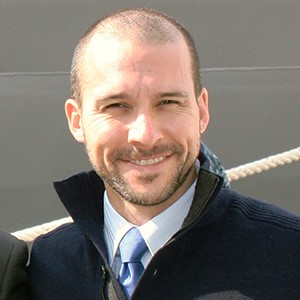
Mike Mazzarese,
AST Environmental, Inc.
Chlorinated Solvent Daughter Product Management and Expedited Remediation
- Bio |
- Abstract
- | Presentation
Mike Mazzarese
Mike Mazzarese has been involved with in-situ remediation for over twenty years and has worked in the remediation technology and environmental consulting communities his entire professional career. His role as Senior Engineer at AST involves project assessment and design, field implementation oversight, and post project data analysis for sites in the Western US, Canada, and Australia. Mike is a dual graduate of Penn State University holding BS and MS degrees in Environmental Engineering.
Chlorinated Solvent Daughter Product Management and Expedited Remediation
Chlorinated solvent degradation products, also known as daughter products, are generated at most remediation sites where an electron donor is introduced or where sufficient natural organic carbon is present in the aquifer. For sites where either perchloroethylene (PCE) or trichloroethylene (TCE) is the parent compound, the degradation products are primarily cis-1,2-dichloroethylene (DCE) and/or vinyl chloride (VC). Where source areas exist (e.g. mg/L concentrations of parent compounds), significant daughter product concentrations can be generated and can persist for extended periods of time, even decades.
This presentation will review project sites where activated carbon impregnated with metallic iron, a complex carbohydrate, a facultative microbial consortium designed to degrade chlorinated solvents, and a second microbial consortia designed to breakdown the polymeric carbohydrate to monomeric fragments were mixed and applied via in situ injection. This synergistic combination has been shown to generate significantly less daughter products and to degrade parent and daughter products completely to ethylene in an expedited timeframe compared to traditional enhanced reductive dechlorination (ERD) approaches.
Site 1. A combined remedial strategy was implemented to treat elevated levels of TCE in a shallow fine-grained aquifer at a former large industrial facility. This remediation effort was comprised of 1) in situ chemical oxidation to treat the shallow, mostly unsaturated soil mass, 2) a metallic iron-impregnated activated carbon PRB was installed downgradient of the source to manage the flux of dissolved mass offsite, and 3) the source area was treated with the above-mentioned combination of technologies and microbial consortia. Within the source area, total chlorinated ethylene (TCE+DCE+VC) concentrations in the source area have been reduced by 99.9% in less than three years. The initial TCE concentration was 47,800 ppb and is currently 2 ppb. DCE and VC concentrations peaked approximately six months post application and have since declined to 21 ppb and 9.4 ppb, respectively.
Site 2. A multi-year phased approach was utilized to remediate a comingled plume at a former chemical plant that stored, repackaged, and distributed a multitude of chemicals, including hydrogen peroxide, methylisobutyl carbinol (MIBC), PCE, acetone, ethanol, and diesel fuel. The first phase was a combination of ex situ and in situ remediation methods that were selected to achieve the site clean-up goals in specific plume areas of immediate concern. The initial total chlorinated ethylene (PCE+TCE+DCE+VC) concentrations were over 213,000 ppb with much of the mass as DCE (72%). After one-and-a-half years of source area treatment, the total concentration was 354 ppb with 25% being DCE and the balance as VC. After demonstrating over nine years of mass flux control with a PRB, and significant groundwater mass reductions in the source area, managed closure status has been requested by the consultant and is pending approval from the regulatory agency.

Samuel Lingwood,
Pinchin Ltd.
Hazardous Is The New Clean – Contaminate Management Supported Redevelopment
- Bio |
- Abstract
- | Presentation
Samuel Lingwood
Samuel Lingwood has a background in mining, mechanical and environmental engineering and is a Team Leader & Senior Technical Manager within the Pinchin Remediation Team, located in the GTA. His primary focus is on soil and groundwater remedial design, evaluation/costing, and implementation – predominantly within the real estate and development sector. As a project engineer and project manager, Mr. Lingwood has widespread experience with challenging projects across Canada, including in northern and remote environments, for a variety of land use and contaminant scenarios.
Hazardous Is The New Clean – Contaminate Management Supported Redevelopment
Pinchin will present a case study on a Contaminant Management Strategy that is currently being implemented on a brownfield in the GTA. Chlorinated solvents, petroleum hydrocarbons, potential off-Site migration and free product – the Site has a varied and storied past, complete with several ultimately unsuccessful remedial efforts and the well intentioned but unfortunately mismanaged handling of hazardous levels of PCBs. However, through the implementation of a robust property boundary control, hotspot remediation and isolation, and vapour intrusion mitigation and management, Pinchin is helping our Client take this diamond in the rough and polish it into a safe and economically viable asset

Sajid Alimohamed,
QM Environmental
Soil Management Technology at the Toronto Portlands
- Bio |
- Abstract
- | Presentation
Sajid Alimohamed
Sajid Alimohamed, P.Eng., PMP is one of QM’s Project Managers for Special Projects, working at the Toronto Port Lands for the past four years managing Soil Treatment, QP Approvals for Soil Reuse and Earthworks construction of parks. After graduating from the University of Toronto’s Chemical Engineering program he gained experience through environmental consulting and construction including in-situ and ex-situ soil treatment, soil reuse and reclamation projects.
Soil Management Technology at the Toronto Portlands
The construction of the Toronto Port Lands Flood Protection and Enabling Infrastructure Project (Toronto Port Lands Project) is taking place in parallel with the introduction of environmental regulations that enforce the tracking of soil leaving the site.
At the Toronto Port Lands, not only are soils leaving the site tracked, but due to several reuse applications at the site, all soils being reused require tracking, which has led to the creation of new technologies to reuse the majority of the 1 million cubic meters of soil being managed.
New technologies like 3-D digital models, GPS driven machine control and remote sensing, cloud-based truck tracking, environmental and geotechnical analytical data management and a QP approvals platform work together to form a sophisticated, integrated tracking system.
As we all know, new technologies go a long way in simplifying work and optimizing outputs, however they come with their own set of challenges.
This presentation describes the new-age soil management technologies QM now implements at sites across Canada, initiated by work at the Toronto Port Lands project.
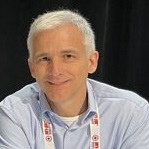
Chris Lompart,
Ontario Ministry of Environment, Conservation and Parks
Ontario Excess Soils Management Panel Discussion
- Bio |
- Abstract
- | Presentation
Chris Lompart
Chris Lompart is the Manager of Land Use Policy at the Ministry of the Environment, Conservation and Parks. Chris has been with the Ministry for almost twenty-five years and has spent much of that time working on brownfields redevelopment and excess soil reuse policies.
Ontario Excess Soils Management Panel Discussion
N/A
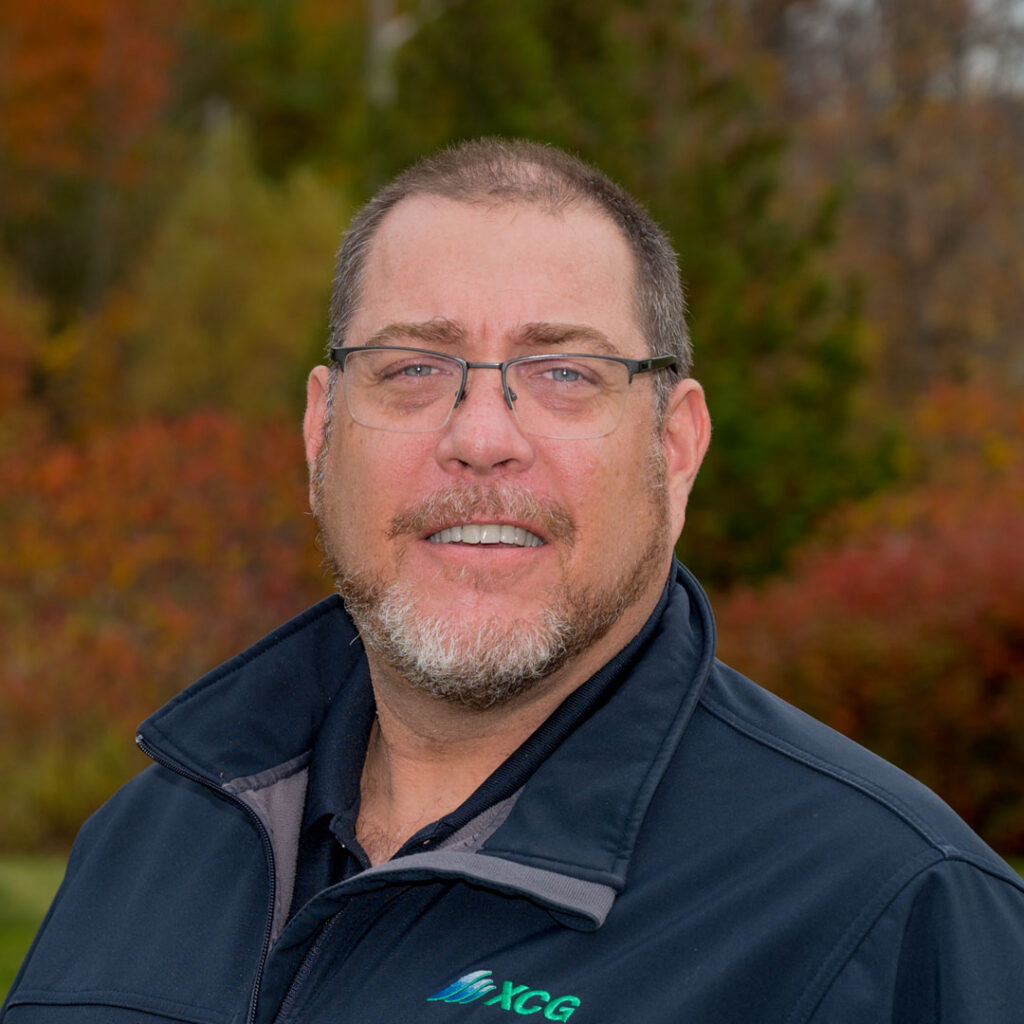
Grant Walsom,
XCG Consulting Limited
Ontario Excess Soils Management Panel Discussion
- Bio |
- Abstract
- | Presentation
Grant Walsom
Grant Walsom is a senior engineer with over 29 years of experience. He is a Partner and Senior Project Manager at XCG Consulting Limited. Mr. Walsom is a Professional Engineer registered in Ontario and Alberta, and a registered Consulting Engineer in Ontario. In addition, Mr. Walsom is a Qualified Person as defined by the Ontario Regulations (O. Reg.) 153/04 and 406/19.
His expertise has included Phase I and II Environmental Site Assessments (ESAs), Site Remediation, Excess Soil Management, and Compliance Audits (for external and pre-acquisition purposes). He has completed numerous Brownfield redevelopments projects with Records of Site Condition (RSC) and remediation for soil and groundwater with virtually all contaminant sources.
Mr. Walsom is currently the past-Chair of the Board of Directors for the Ontario Environment Industry Association (ONEIA) and former co-Chair for the Excess Soils Working Group of the Brownfield Advocacy Committee. Mr. Walsom has also served on the Board of Directors for the Canadian Brownfield Network (CBN) as Vice-President, President, and Past-President and now as an advisor.
Mr. Walsom proudly founded the Qualified Persons Community of Ontario (QPCO) in 2021. He continues as Chair of QPCO and actively participates in the three advocacy teams with the Ministry.
Mr. Walsom enjoys participating in speaking engagements and presentations regarding site remediation case-studies, Brownfield redevelopment, and excess soil management. He has represented ONEIA in the Ministry of the Environment, Conservation and Parks Excess Soils Engagement Group for the implementation of new excess soil management rules and regulations in Ontario. He led the steering committees and creation of the Excess Soils Best Practices documents and training materials by ONEIA for the MECP as well as participated in the Aggregate Pits and Quarries Best Practices development by the Ontario Society for Professional Engineers (OSPE).
Mr. Walsom has participated in the organizing committee and/or presented at the Soils Symposiums held in Ontario in 2016 through 2023.
He was proudly named the 2015 “Brownfielder of the Year” by the Canadian Urban Institute and received the ONEIA “Skip Willis Award” for 2019.
Ontario Excess Soils Management Panel Discussion
N/A
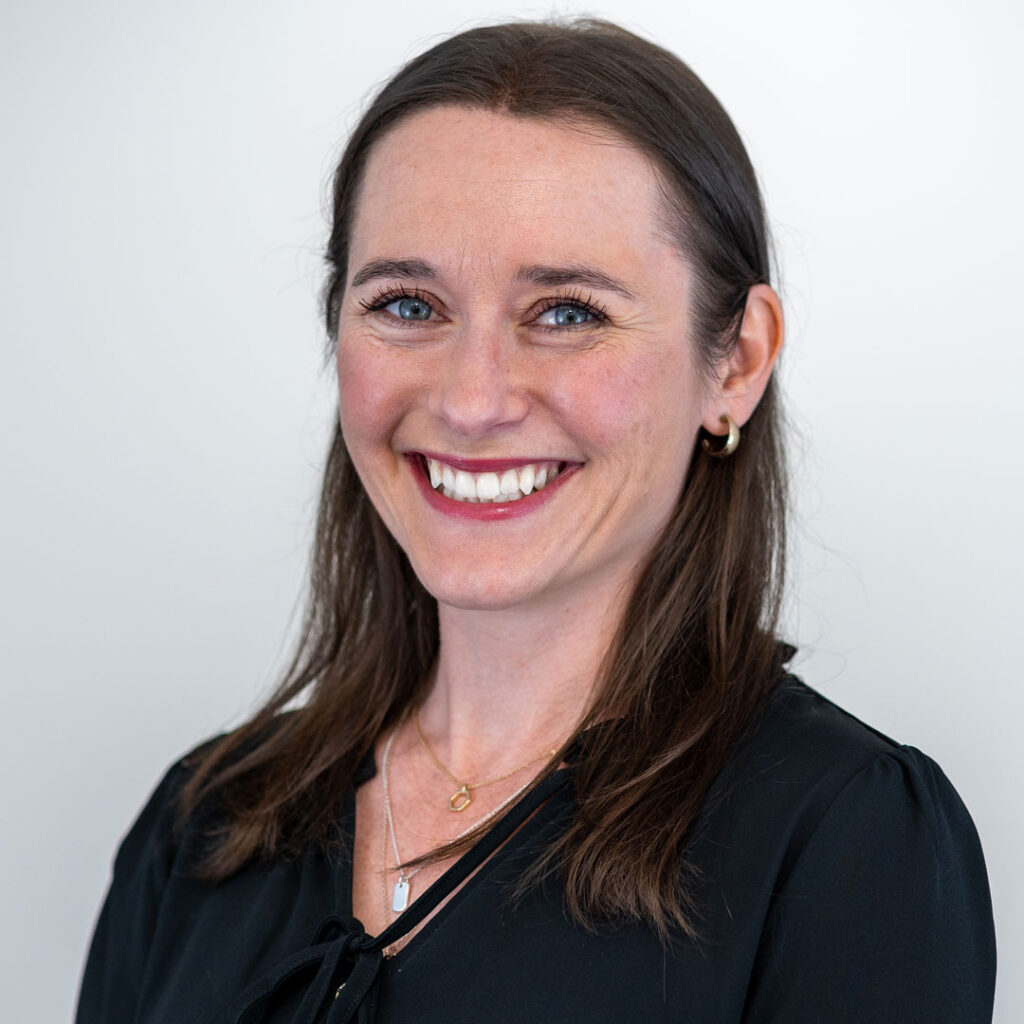
Freesia Waxman,
Grounded Engineering Inc.
Ontario Excess Soils Management Panel Discussion
- Bio |
- Abstract
- | Presentation
Freesia Waxman
Freesia Waxman is a Senior Engineer with Grounded Engineering and an industry expert in Excess Soil who has dealt with implementation of O.Reg. 406/19 across multiple business sectors and all levels of government. She is an environmental engineer who loves complex brownfield sites, is on multiple committees for QPCO, holds undergraduate and graduate degrees in Civil Engineering from McMaster University, and is a licensed Professional Engineer in the Province of Ontario and a Qualified Person (QPESA) with the MECP under O.Reg. 153/04 and O.Reg. 406/19.
Ontario Excess Soils Management Panel Discussion
N/A

Ilan Philosophe,
Astro Excavating Inc.
Ilan Philosophe
Ilan Philosophe used his family’s entrepreneurial ups and downs as the fuel to help build his company, Astro Excavating, into one of the leading excavators in the Greater Toronto Area’s high-rise construction sector today. With a vision of his own, Mr. Philosophe founded Astro Excavating in 2013, and to this day, he is hands-on in every aspect of the business. Astro Excavating also has an in-house shoring division, Astro Shoring, and there is significant demand in both areas.
Ontario Excess Soils Management Panel Discussion
N/A

Jean Pare,
Chemco Inc.
Don’t "Scrap" Your PRB – How to Optimize Treatment and Reduce Cost For Chlorinated Contaminant Destruction
- Bio |
- Abstract
- | Presentation
Jean Pare
Jean Pare, P.Eng., has a degree in Chemical Engineering from Laval University. He has been involved for the last 25 years in the evaluation, development, design, and promotion of both conventional and innovative environmental technologies. As Vice President with Chemco Inc., his responsibilities include the remediation design, technico-economical analysis and technology supply for chemical oxidation and reduction, soil washing, and enhanced bioremediation. Last year, he worked with over 400 sites applying his expertise to various types of organic and inorganic contaminants in soil and groundwater. He is also involved with many environmental organizations such as CLRA, CBN, ESAA, BCEIA and Reseau-Environnement where he is an active technical committee member and regular technical speaker.
Don’t "Scrap" Your PRB – How to Optimize Treatment and Reduce Cost For Chlorinated Contaminant Destruction
Permeable reactive barriers (PRBs) composed of zero valent iron (ZVI) media have been widely applied for removal of chlorinated volatile organic carbon (cVOCs) from groundwater for past 30 years. Traditionally, PRBs have been designed and constructed based on the total mass of ZVI media applied without much consideration for permeability and porosity.
With experience, people have started to put attention to the quality of the material utilized and more recently the use of sponge-iron based media can offer significant performance and cost improvements versus traditional designs using regrind or atomized iron.
To investigate the potential benefits of alternative designs, column studies were conducted to explore the performance of a sponge ZVI media when used in a ‘typical’ PRB design. The laboratory column test consist of the novel sponge ZVI media, a conventional non-sponge ZVI media and a control was set up for benchmarking purpose. The study was conducted for two months using site groundwater contaminated with c-VOCs from a confidential site in the eastern USA. Aqueous concentrations of c- VOC were monitored along the column length to evaluate their degradation kinetics.
Results obtained concluded that, compared to the conventional ZVI media, the sponge iron media requires up to 30% less material (by weight) to achieve the same volumetric fill requirements. The results of the study also confirmed that sponge-iron based ZVI media showed similar or better c-VOCs removal with lower mass. This can offer significant cost advantages in real-world applications.
The lab and full scale application of this technology will also be presented and discussed.
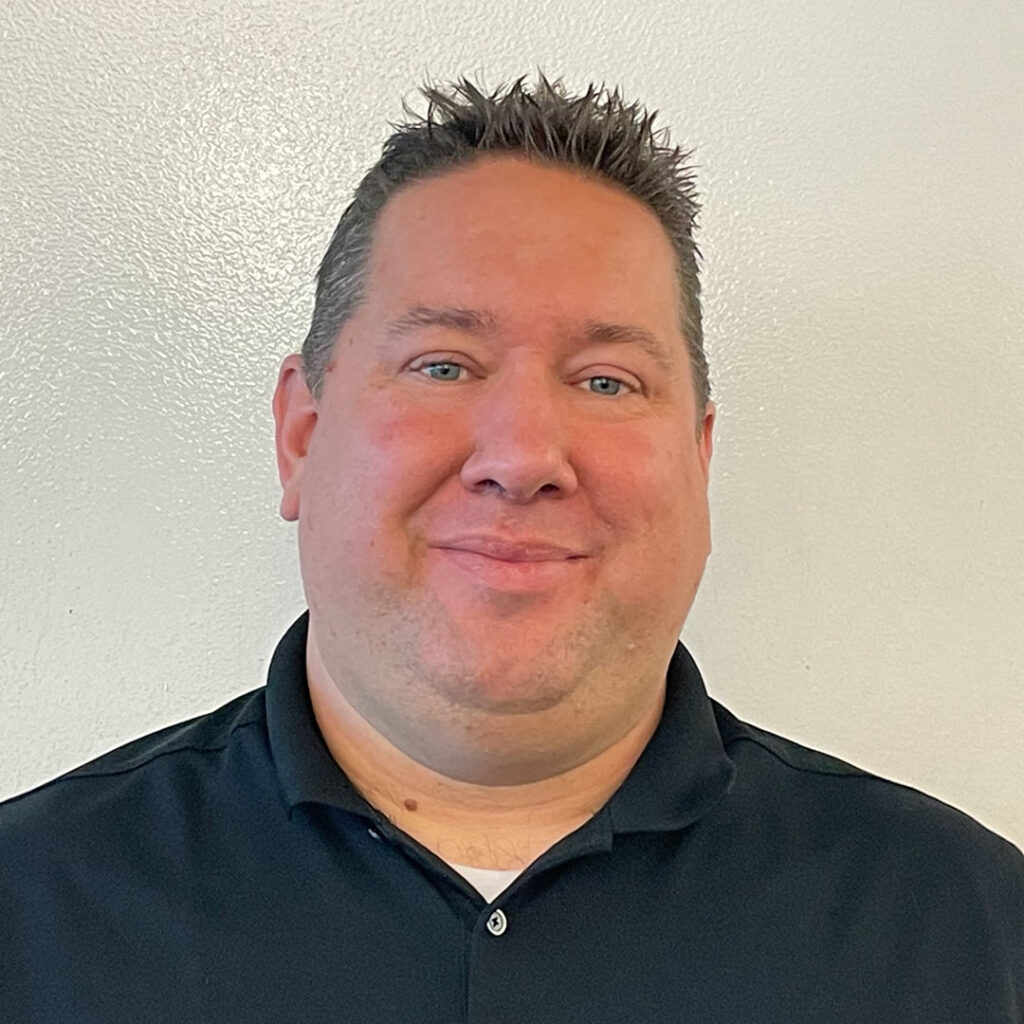
Timothy Knowlton,
Calgon Carbon Corporation
Activated Carbon Solutions For PFAS Removal & Destruction
- Bio |
- Abstract
- | Presentation
Timothy Knowlton
Tim Knowlton is the Senior Manager of Application Engineering in the Industrial Solution and Diversified Applications Business Line. He has been with Calgon for over 17 years dealing with applications around activated carbon and ion exchange. Tim has a BS in Chemical Engineering from the University of Pittsburgh.
Activated Carbon Solutions For PFAS Removal & Destruction
Per and polyfluoroalkyl (PFAS) compounds are a class of chemicals and are increasingly becoming environmental contaminants of concern. Much progress has been made in the development of various treatment strategies to remove PFAS from water, especially with sorbents and membranes. Of these, granular activated carbon (GAC) is one of the most widely deployed and well-established PFAS removal technologies.
This presentation will provide an overview of the use of GAC in PFAS removal applications, what factors impact the performance of GAC, and will provide typical system operation information. It will provide best practices on choosing a GAC and provide case study data on real GAC systems for PFAS removal.
Additionally, the presentation will provide information on carbon reactivation as a destruction process for PFAS. Carbon reactivation is thermal treatment at high temperatures, up to 1800°F, to remove and destroy adsorbed contaminants. The process is designed to return the carbon to a virgin-like state for reuse and ensure no contaminants remain on the carbon. During reactivation, the high temperatures employed in both the furnace and the downstream abatement system will volatilize and destroy organic compounds that were adsorbed on the GAC. The presentation will detail a study describing a stack testing campaign carried out at a commercial carbon reactivation facility in which the incoming GAC and all outputs including stack gas, abatement dust, and reactivated carbon were tested for fluoride and PFAS to determine the level of PFAS destruction. In the reactivation study, we analyzed non-detect for all measurable PFAS on the reactivated carbon, indicating that PFAS is effectively removed from the spent carbon during CCC’s proprietary reactivation process. We also demonstrated > 99.99% destruction for total PFAS (36 PFAS list measurable) across the furnace and abatement systems. We’ve demonstrated > 99.999% destruction for PFAS currently listed in the US EPA’s Drinking Water Health Advisory Limits (PFOA, PFOS, GenX, and PFBS) across our process and abatement systems

Jacquelyn Stevens,
Willms & Shier Environmental Lawyers LLP
Snakes and Turtles And Bats, Oh My! What Environmental Consultants Need to Know About Species at Risk
- Bio |
- Abstract
- | Presentation
Jacquelyn Stevens
Jacquelyn Stevens B.Sc. (Hons.), M.Sc., M.S.E.L., LL.B., is a Partner at Willms & Shier Environmental Lawyers LLP and is a Certified Specialist in Environmental Law by the Law Society of Ontario. Jacquie has significant expertise representing a wide range of clients in environmental civil litigation, defence of prosecutions by environmental regulators, and at administrative appeals and hearings. Jacquie also provides effective advice and solutions for environmental due diligence and compliance, brownfields/contaminated site remediation, and environmental approvals for air, odour, noise and waste. Jacquie advises on cross-boundary migration of contamination and remediation options and has significant expertise involving contamination issues at dry cleaning operations and gas stations. Jacquie is called to the Bar in Ontario and Alberta.
Snakes and Turtles And Bats, Oh My! What Environmental Consultants Need to Know About Species at Risk
Both federal and provincial governments have species at risk legislation, intended to protect listed plants, animals, and their habitat. Such legislation imposes obligations on industry and landowners, and often in redevelopment projects, when listed species are encountered at a project site.
Join Willms & Shier Environmental Lawyers to learn more about these obligations and how to spot key issues and assist your clients to navigate the federal Species at Risk Act and provincial species at risk legislation when undertaking remediation projects.
- This presentation will focus on key issues including:
- Requirements for landowners under federal and provincial legislation
- Permitting obligations
- Prosecution and fines, and
- Best practices for environmental consultants.

Annie Lee,
Geosyntec Consultants Inc.
Vapor Intrusion Through Sewers: Sample Collection and Mitigation Methods
- Bio |
- Abstract
- | Presentation
Annie Lee
Annie Lee is a Senior Remediation Engineer with over 13 years of experience in site characterization, remedial alternatives evaluation, groundwater remediation, and vapor mitigation at sites across the United States and Canada. She holds a B.S. in Civil Engineering and an M.S. in Environmental Engineering from Stanford University.
Vapor Intrusion Through Sewers: Sample Collection and Mitigation Methods
Evaluation of vapor transport through preferential pathways, including sewers, has been identified as a key component of vapour intrusion (VI) pathway assessments. Many vapour intrusion guidance documents highlight the need to evaluate preferential pathways. Current research has highlighted the prevalence of preferential pathways and the need to evaluate vapour transport through sewers. Vapour transport through atypical pathways may transport volatile organic compound (VOC) vapours into buildings at a rate greater than would occur from diffusion through subsurface soils. As such, preferential pathways can negate the use of evaluating risk with the Johnson and Ettinger Model or the use of vertical screening distances to exclude buildings at petroleum VI sites.
This presentation will provide a case study of the collection of samples from sewers using both passive and active sampling methods. The advantages and disadvantages of each of these methods will be discussed along with co-located comparison data. The presentation will highlight the investigation of a sewer line that contained VOC vapours and residential buildings downgradient of a contaminated site. Based on the findings of the preferential pathway assessment, mitigation measures, consisting of active sewer venting, were determined to be appropriate. Overview of the design, installation and post monitoring results will be discussed. Lessons learned though the investigation and implementation of the mitigation measures will be highlighted.
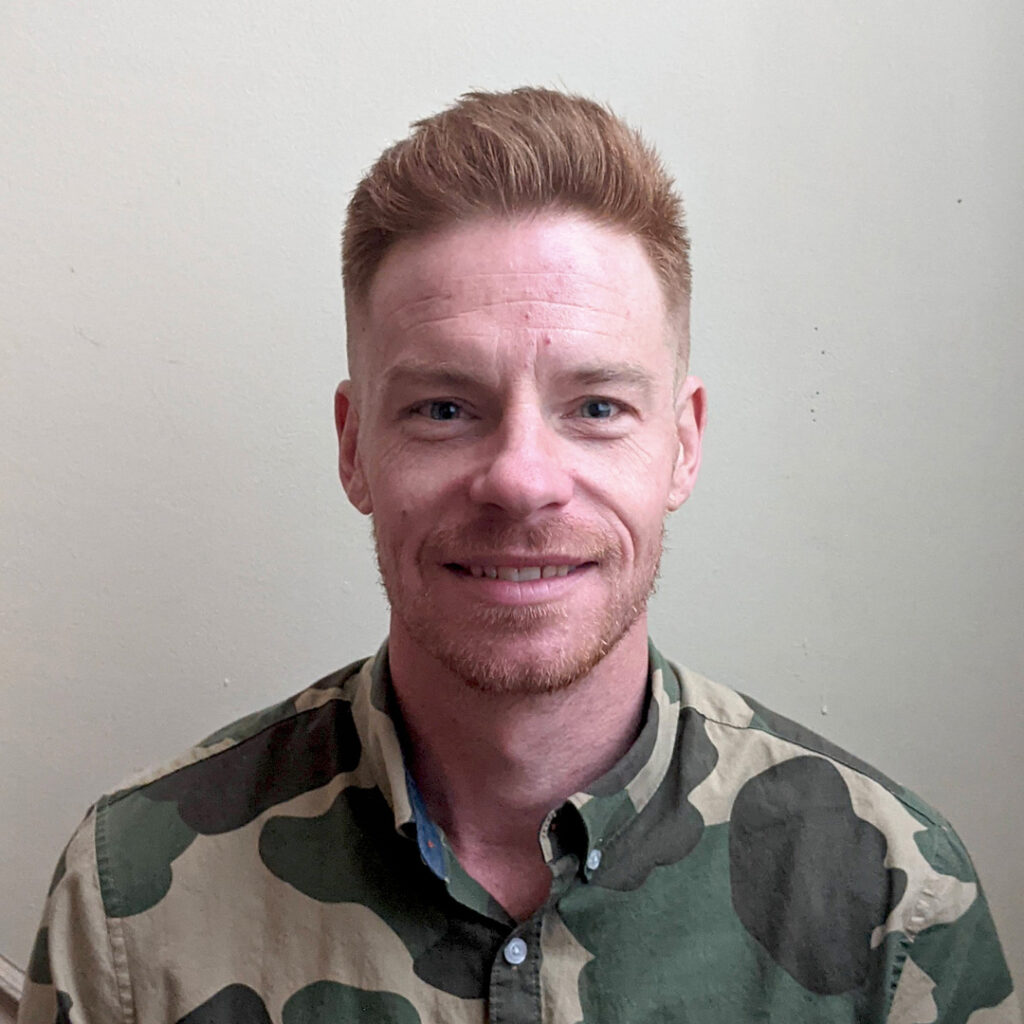
Scott Thompson,
Public Services and Procurement Canada
Money Talk: FCSAP Phase V Demand
- Bio |
- Abstract
- | Presentation
Scott Thompson
Scott Thompson has been working in the Contaminated Sites field for 18 years. He currently manages the Risk Assessment team at PSPC, Environmental Services in Ontario Region, and is a member of the FCSAP Expert Support Team for Ontario alongside DFO, Health Canada and ECCC. Scott has successfully managed more than 30 Remediation Projects in urban and remote locations, including projects in the Yukon, NWT, the Prairie Provinces, and Ontario. He has experience as a Client Service Director and managing the Greening and Sustainability file at PSPC. Scott has won Client Service awards for his work on the Port Stanley Harbour Remediation and the Port Hope Area Initiative projects.
Money Talk: FCSAP Phase V Demand
N/A